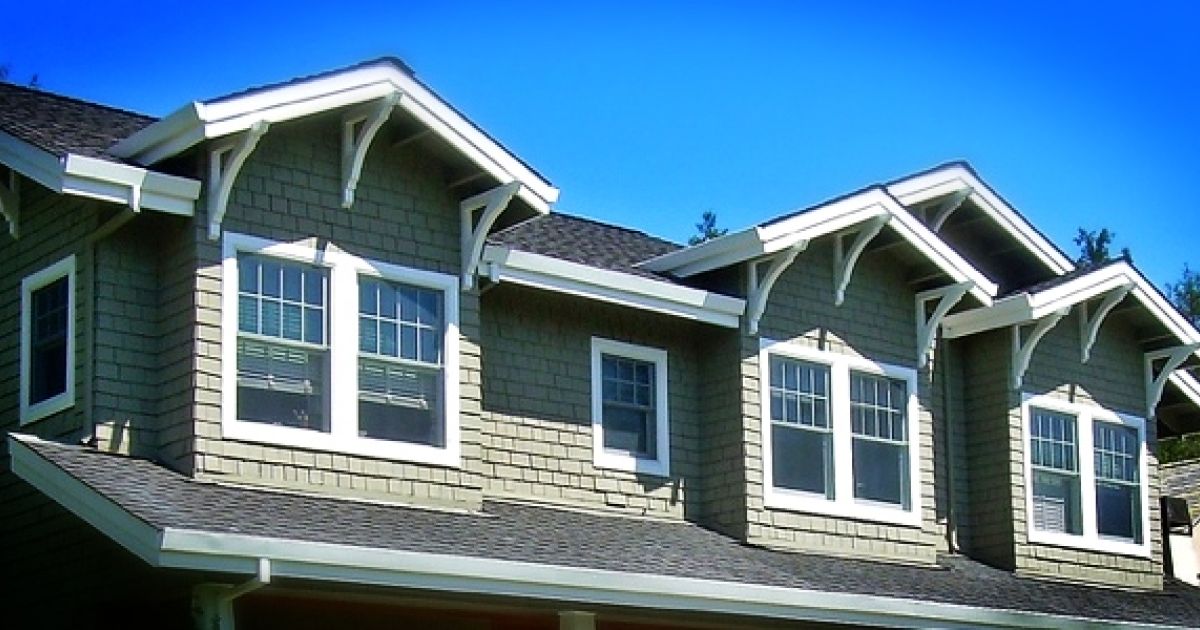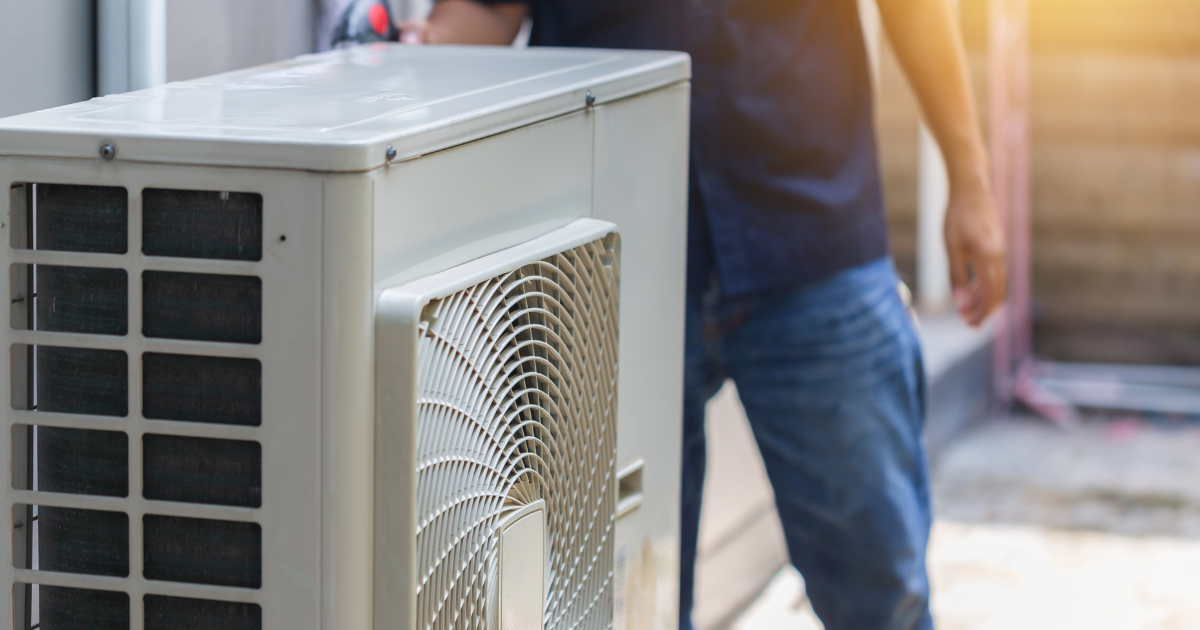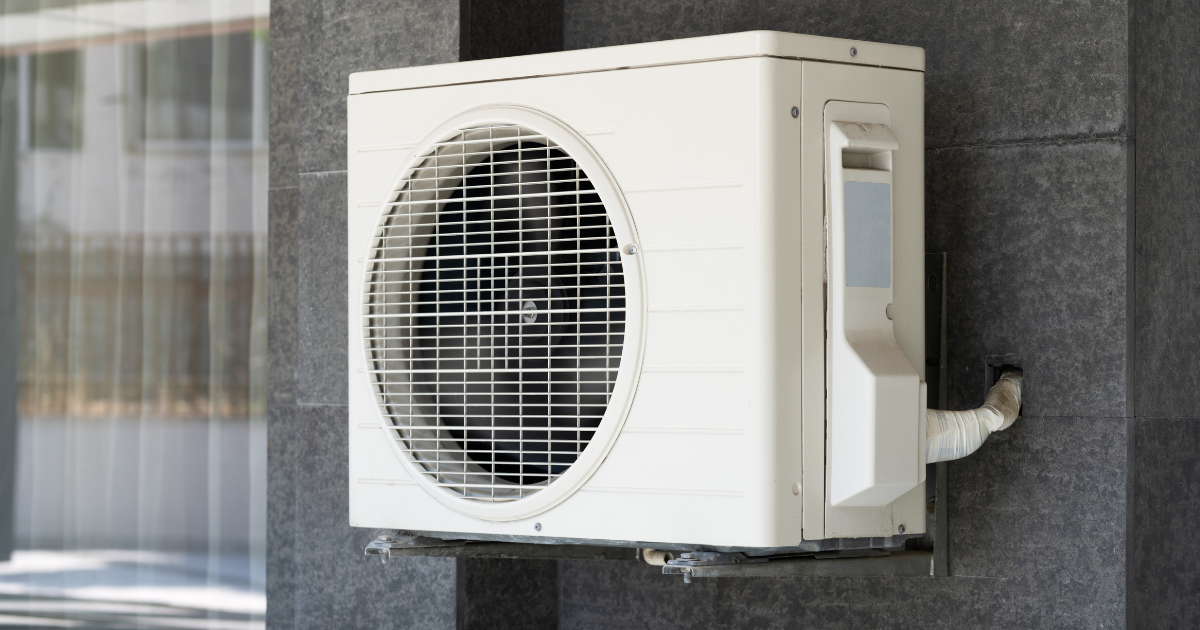Why is Attic Ventilation so Important?
Attics tend to be one of the more unexplored parts of the home. Sometimes creepy, often dusty, attics don’t usually get much attention. However, attics play an important role in the comfort and energy use of your entire home. One of the most important elements of attics is ventilation. It often goes hand in hand with insulation, climate control, and other elements of your home and can make all the difference in how your home feels and operates. Let’s take a closer look at ventilation and your attic.
Deep Breathing
Ventilation involves the flow of air within your home. Your home’s ventilation pulls in fresh air from outside and pushes out the stuffy air inside your home. Lo and behold, most of your home’s ventilation system revolves around your attic. Without enough outdoor air, pollutants, allergens, and even excess gases from stoves and fireplaces can accumulate, leading to potential health problems, safety issues, and an overall uncomfortable place to live. Too much moisture in your home can cause structural damage and lead to mold growth. Humidity poses some of the same problems while forcing your cooling system to work doubly to keep things at a nice temperature.
Why the Attic?
So why would you even need to vent your attic? Why not just focus on the areas you actually use and live in? Well, the attic plays a crucial role in your home’s temperature and well-being. It’s the first room affected by heat. As the sun radiates directly onto the roof, the heat generated passes into the attic. Trapped heat inevitably raises the temperature in your entire home, so you have to get your air conditioner working harder and longer. In other words, properly venting your attic can keep your bills down and make for a more eco-friendly home in the process.
Bad ventilation poses problems in the winter as well. When the cold has nowhere to go in your attic, it causes condensation, creating moisture that can lead to wood rot, mold, and deterioration in your roof and attic structures. Excess moisture also decreases the effectiveness of insulation.
The Many Vents
Your home has a few means of bringing fresh air into each room.
- Infiltration is when air enters the house through cracks, joints, and small openings in the walls, floors, and ceiling. You generally don’t want this kind of ventilation as it’s not something you can control nor is it especially environmentally friendly. Cracks in the attic are also a bit too inviting for potential pests.
- Natural ventilation is what happens when you open a door or window. Before the onset of technology, this was the most common ventilation method, and it’s still relatively effective today. It’s a simple, straightforward way to refill your home with fresh air, but it also relies on wind and temperature differences between the indoors and outdoors.
- Spot ventilation attempts to move air through localized fans that get rid of moisture and pollutants on the spot. Think of bathroom fans or the range hoods over stoves. Spot ventilation is pretty effective for small, contained areas, but for a robust solution you should consider…
- Whole-house ventilation uses a complex network of fans and ducts to get rid of stale air and supply filtered, conditioned air back into the home.
Venting the Attic
Venting the attic generally uses a combination of all of the above. First, you need to seal up cracks and openings that have formed in and around your attic. This will prevent air leaks, which defeat the purpose of having a good ventilation system.
From there, most attic ventilation systems use a series of soffit and ridge vents to keep air moving through the attic. Soffit vents, located along the underside of the roof, pull air up and into the attic space. Ridge vents are strips of ventilation placed along the top of the roof, allowing stale air to rise out of the attic. It’s a constant cycle that requires unimpeded air movement.
That’s where whole-house fans or attic fans come into the picture. While many soffit and ridge vent systems can work fine on their own, fans can ensure that air moves consistently, drawing air out of the attic and spitting it out of the home. You’ll also want to find a way to control the moisture in your attic.
Depending on your home, you can look into a boat load of other options. Contact ventilation specialists like Bob Jenson Air Conditioning and Heating for an audit and to find out what options would work best for your home.

Bob Jenson
For over 45 years, Bob Jenson has been providing quality heating and air services to the San Diego community.
Request Service
Please fill out the form below to request an estimate or schedule service.
"*" indicates required fields







